Cats have been our mysterious companions for thousands of years, yet, despite our long history with them, some of their behaviors still leave scientists scratching their heads. While their playful antics and aloof demeanor are well-known, there are several perplexing traits that continue to baffle researchers. Whether you’re a seasoned cat owner or just a feline admirer, let’s delve into the bewildering world of cats and explore the behaviors that even science struggles to explain.
Why Do Cats Knead?
One of the most endearing yet puzzling behaviors in cats is kneading. Often referred to as “making biscuits,” this behavior involves cats rhythmically pushing their paws against a soft surface. It’s believed that kittens knead their mothers to stimulate milk flow. However, adult cats continue this behavior long after they’ve weaned. Some scientists suggest that kneading is a comforting action that reminds cats of their kittenhood. Others believe it’s a way for cats to mark their territory as they have scent glands in their paws. Whatever the reason, kneading remains a heartwarming mystery.
The Mysterious Cat Purr
The soothing sound of a cat’s purr is something many find relaxing, yet its purpose is still not fully understood. While most associate purring with contentment, cats also purr when they’re frightened, in pain, or even close to death. Researchers propose that the frequency of purring, between 25 and 150 Hertz, may have healing properties that promote bone regeneration and pain relief. This multifaceted behavior continues to intrigue scientists and cat lovers alike, leaving us to wonder if there’s more to the purr than a simple expression of happiness.
Head Butting: A Sign of Affection?
When a cat approaches with its head poised for a gentle bump, it might seem like a quirky greeting. Known as “bunting,” this behavior is interpreted as a sign of affection and bonding. Cats have scent glands on their heads, and by head-butting you, they are marking you as part of their territory. It’s their way of saying, “You’re mine!” Despite this explanation, the exact emotional context of head butting remains a delightful enigma, reminding us of the intricate ways cats express their feelings.
The Midnight Zoomies
Anyone who has lived with a cat is likely familiar with the phenomenon of the “midnight zoomies.” This unpredictable burst of energy often occurs late at night, with cats racing through the house at breakneck speeds. While some theorize that these episodes are a release of pent-up energy, others suggest it’s a throwback to their wild ancestors, who were nocturnal hunters. Regardless of the reason, the midnight zoomies provide entertainment and confusion in equal measure for cat owners everywhere.
The Box Obsession

Cats and boxes: a love story for the ages. Cats have an inexplicable attraction to boxes, often choosing them over more comfortable beds. Scientists believe this behavior is linked to a cat’s need for security and warmth. Boxes provide a snug space that offers protection from potential threats, mimicking the safety of a den. Yet, despite these theories, the intensity of a cat’s box obsession remains an amusing mystery that continues to captivate both researchers and pet owners.
Why Do Cats Knock Things Over?
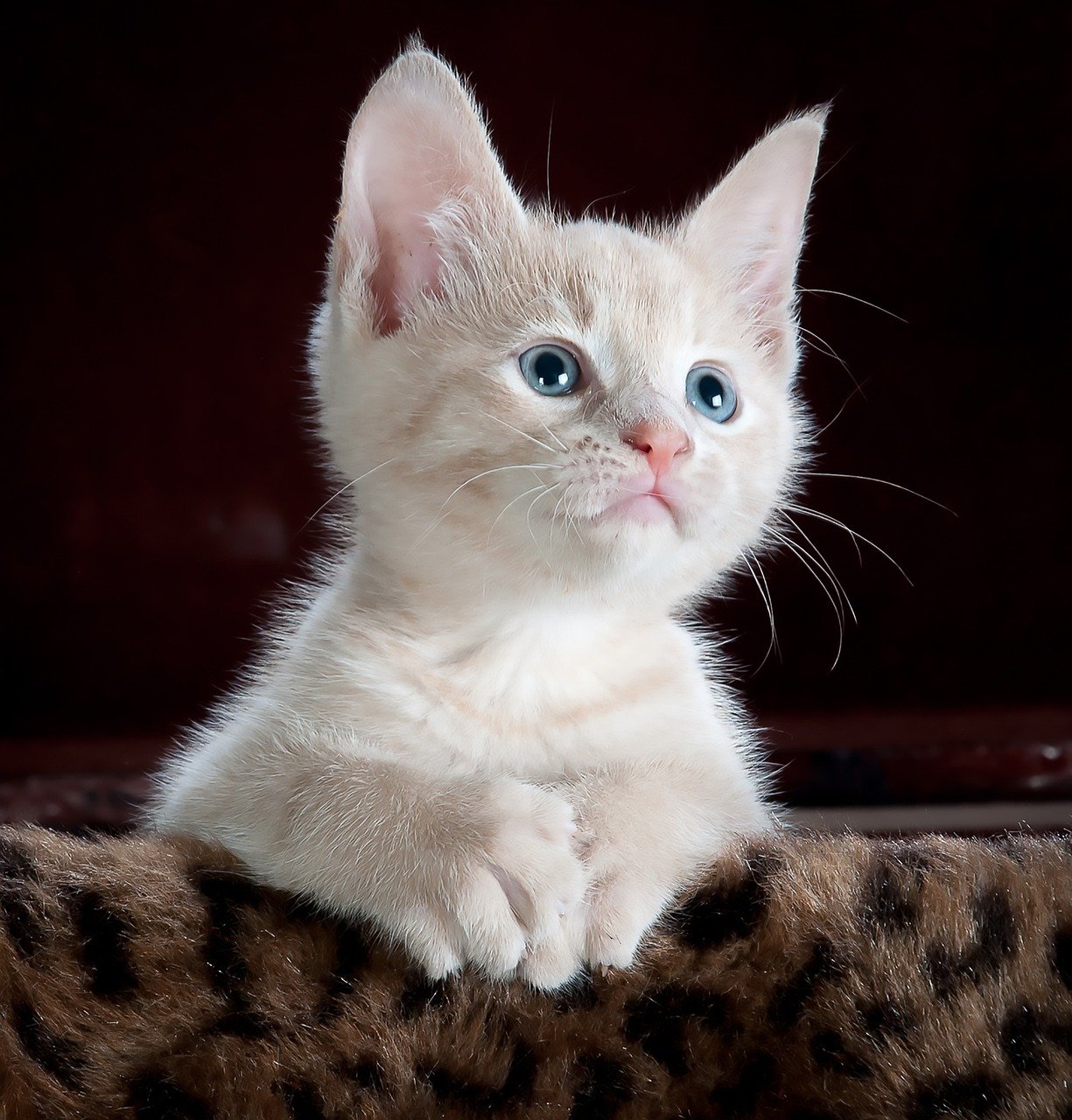
A common cat behavior that often frustrates owners is their tendency to knock objects off tables and shelves. While it might seem like mere mischief, some experts suggest that it’s a form of play or exploration. Cats use their paws to test the stability of objects and satisfy their curiosity about their surroundings. Other theories propose that it’s a way for cats to get their owner’s attention, especially if they’re feeling ignored. Regardless of the reason, this behavior underscores a cat’s playful and inquisitive nature.
The Allure of High Places
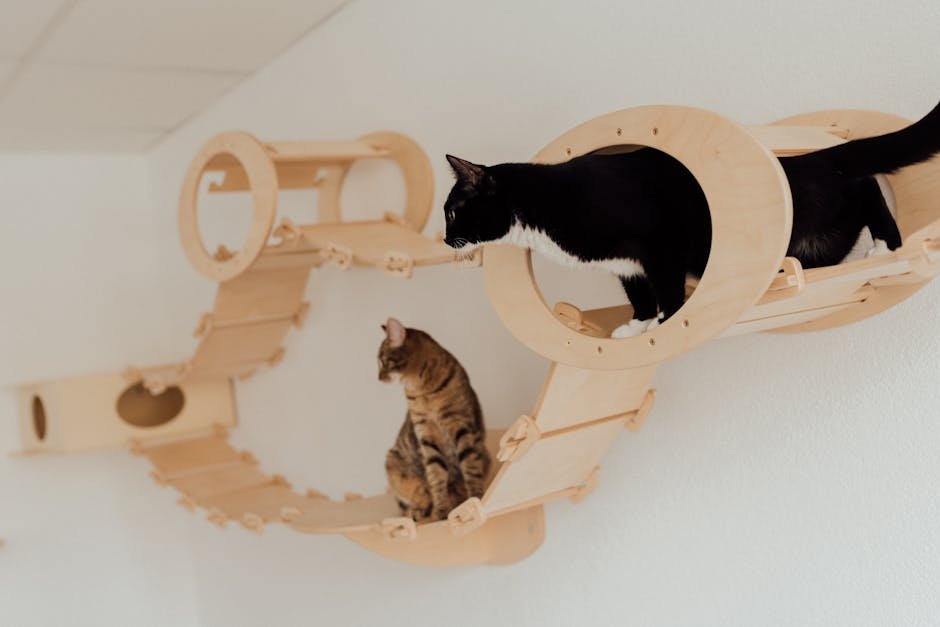
Cats are natural climbers, often seeking out the highest vantage points in their environment. This behavior is thought to be evolutionary, as wild cats climb trees to escape predators and survey their territory. Being up high provides a sense of security and control, allowing cats to detect potential threats. Despite this apparent explanation, the sheer joy cats seem to derive from perching in high places continues to be a source of fascination for those who study feline behavior.
The Tail Twitch Mystery

A cat’s tail is an expressive tool, conveying a range of emotions. One particularly intriguing behavior is the rapid twitching of the tail tip. While a wagging dog tail typically signals happiness, a twitching cat tail can indicate irritation or excitement. The context of the situation often dictates the meaning, but scientists are still working to fully understand the nuances of tail communication. This complex form of non-verbal communication remains a captivating aspect of cat behavior.
The Enigmatic Cat Stare
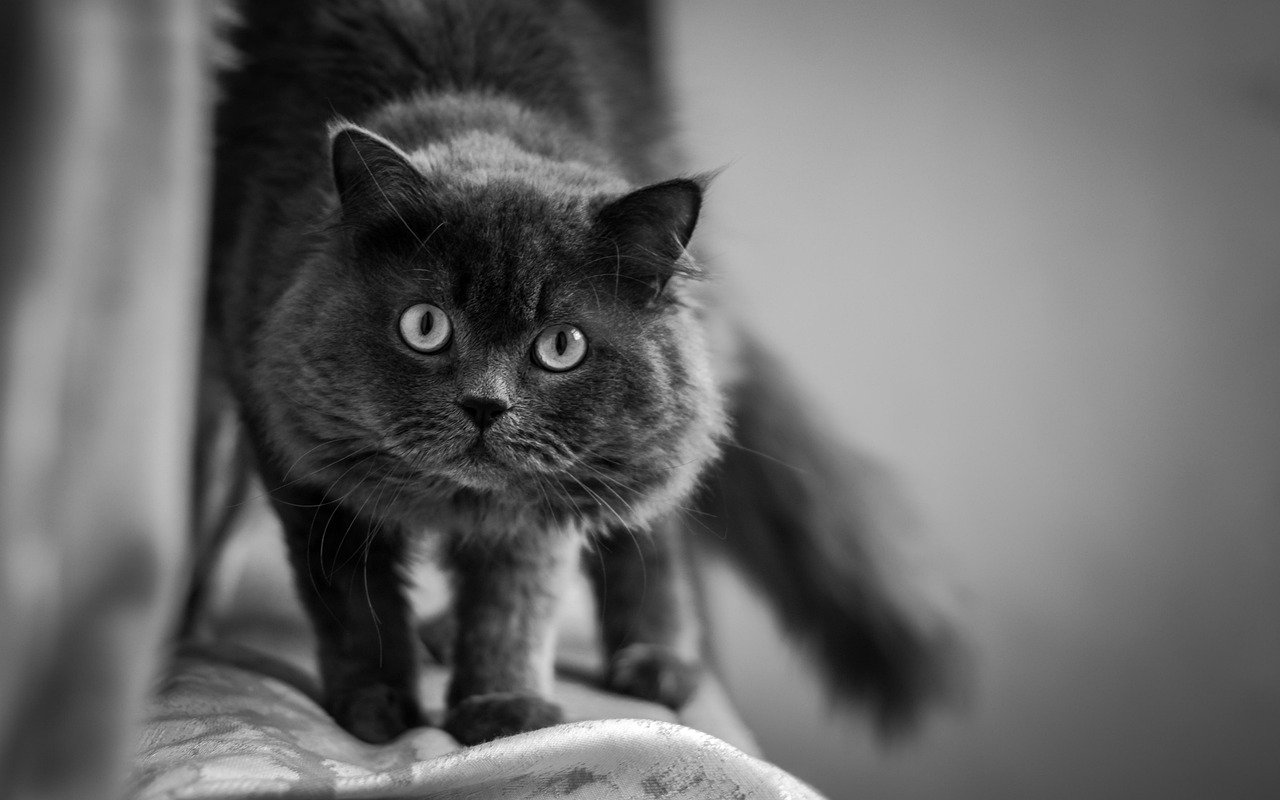
Cats are known for their intense, unblinking stares, which can be both mesmerizing and unsettling. While some may interpret this as a challenge, it can also be a sign of trust and affection. In the wild, maintaining eye contact can be a form of dominance or a way to assess a threat. In the domestic setting, a slow blink is often referred to as a “cat kiss,” a gesture of calm and comfort. The cat stare remains an enigmatic behavior that continues to captivate scientists and cat owners alike.
Why Do Cats Bring ‘Gifts’?
Many cat owners have experienced the unsettling sight of a “gift” from their feline friend, often in the form of a dead mouse or bird. This behavior is rooted in a cat’s hunting instincts. In the wild, mother cats bring prey to their young to teach them how to hunt. Some experts believe that domestic cats are trying to share the spoils of their hunt with their human family. While the intention might be affectionate, the act itself remains a perplexing and often unwelcome gesture.
The Curious Case of Catnip
Catnip is a herb that induces a euphoric reaction in many cats, causing them to roll, purr, and generally act silly. The active compound, nepetalactone, binds to receptors in a cat’s nose, stimulating sensory neurons. However, not all cats are affected by catnip; sensitivity is inherited, with about 50-70% of cats showing a reaction. The precise evolutionary advantage of this behavior is still unclear, making catnip’s effects a delightful mystery to both scientists and cat owners.
The Peculiar Love for Water
While many assume that cats detest water, some breeds and individual cats exhibit a surprising fondness for it. Certain cats enjoy playing in water or even swimming. This behavior can be traced back to their ancestors, with some wild cat species being adept swimmers. However, the varying degrees of water tolerance among domestic cats continue to puzzle researchers, reminding us of the diverse personalities within the feline world.
Chirping at Birds
If you’ve ever seen a cat watching birds through a window, you might have noticed a peculiar sound they make, known as chirping or chattering. This behavior is thought to be a mix of excitement and frustration, as the cat mimics the sounds of its prey. Some researchers suggest that this is an instinctive behavior meant to lure birds closer. The exact reason for this vocalization is still being studied, adding another layer of intrigue to the complex world of cat communication.
The Fascination with Small, Moving Objects
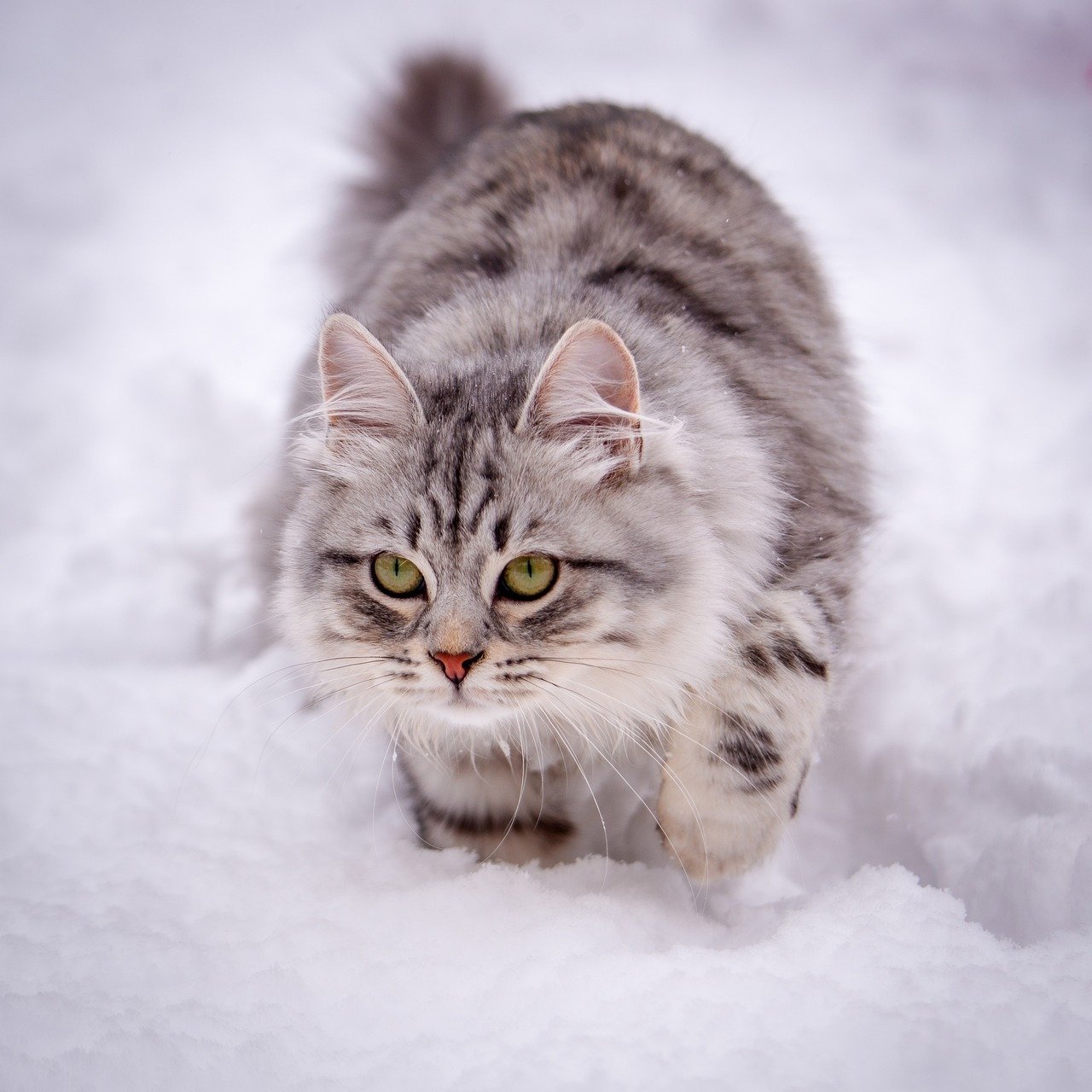
Cats are natural hunters, and their fascination with small, moving objects is a testament to their predatory instincts. Whether it’s a laser pointer, a piece of string, or a bug, cats are drawn to movement. This behavior is believed to be an evolutionary adaptation, as detecting and pursuing moving prey is crucial for survival. Despite this understanding, the intensity of a cat’s focus on even the smallest movements continues to captivate and amuse cat owners worldwide.
Why Do Cats Hide When They’re Sick?
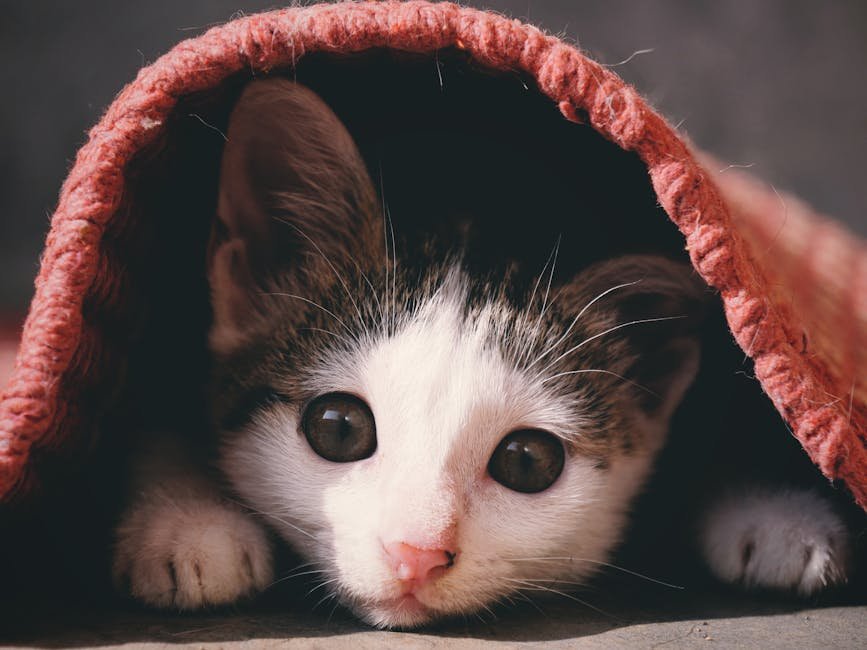
One of the more concerning behaviors for cat owners is when their feline friend hides away during illness. This behavior is thought to be a survival instinct, as wild cats would conceal themselves to avoid appearing vulnerable to predators. While this explanation makes sense in the wild, it poses challenges for pet owners trying to care for a sick cat. Understanding this behavior can help cat owners recognize when their pet needs veterinary attention, yet it remains a behavior that raises questions about the balance between instinct and domestication.
The Unpredictable Mood Swings
Cats are notorious for their unpredictable mood swings, one moment purring contentedly and the next swatting with claws extended. This behavior can be attributed to their independent nature and heightened senses. Cats are highly sensitive to changes in their environment, and their moods can shift rapidly in response to perceived threats or discomfort. While mood swings are a part of their charm, they also serve as a reminder of the complex emotional world that cats inhabit.
The Love for Sunbathing
Cats are often found basking in the warm glow of the sun, a behavior that is both endearing and puzzling. Sunbathing helps cats regulate their body temperature and absorb vitamin D, which is crucial for bone health. However, cats produce vitamin D through their diet, leading scientists to wonder if sunbathing offers other, less understood benefits. This behavior highlights the innate connection between cats and their natural environment, even in a domestic setting.
The Quirky Habit of Sleeping in Odd Places
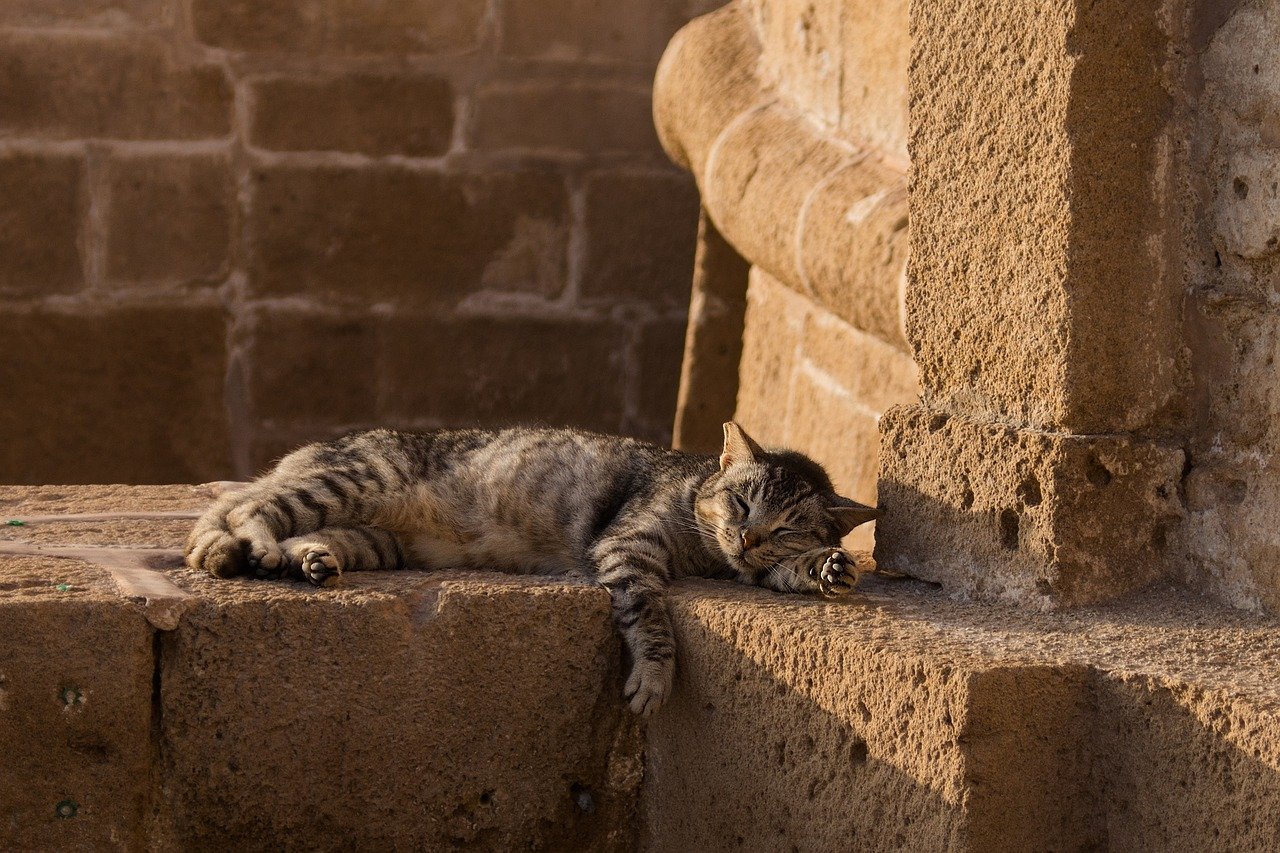
Cats are known for their love of sleep, often choosing the most unexpected places for a nap. From sinks to shoeboxes, these peculiar choices can be attributed to a cat’s need for safety and warmth. The enclosed spaces provide a sense of security, while unusual spots might offer novelty and comfort. This behavior reflects a cat’s adaptability and desire for security, yet it remains a charming quirk that continues to amuse and puzzle their human companions.
The Fascination with String
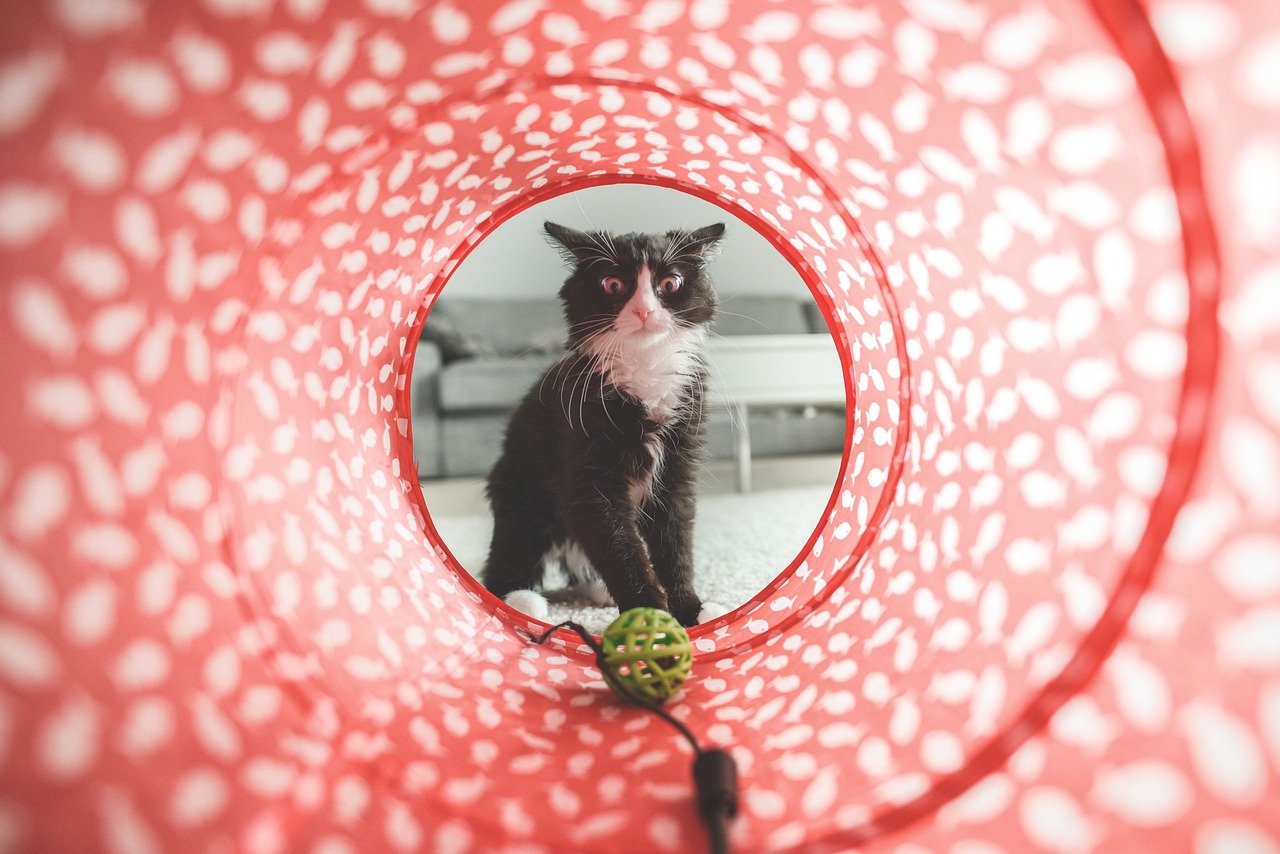
String and cats are a classic combination, often resulting in playful antics and intense focus. This behavior is linked to a cat’s hunting instincts, as the movement of the string mimics the erratic motion of prey. Playing with string allows cats to practice their stalking and pouncing skills, providing both mental and physical stimulation. Despite this understanding, the universal appeal of string to cats remains a delightful mystery that never fails to entertain.
The Complex Social Structures of Feral Cats

While domestic cats are often seen as solitary creatures, feral cats form complex social structures that intrigue scientists. Feral cat colonies exhibit hierarchies and social bonds, with individuals cooperating for mutual benefit. This behavior challenges the perception of cats as purely solitary animals and suggests a level of social intelligence that is still being explored. Understanding these social dynamics offers insight into the adaptability and resilience of cats, both in the wild and in our homes.
In conclusion, the world of cats is filled with behaviors that captivate and confound us. From their inexplicable love for boxes to their mysterious purring, cats continue to surprise and enchant us with their unique quirks. While science has unraveled some of these mysteries, many aspects of feline behavior remain elusive, adding to the allure and charm of these enigmatic companions. As we continue to study and learn from our feline friends, one thing is certain: cats will always hold a special place in our hearts, leaving us in awe of their complexity and grace.

Linnea is a born and bred Swede but spends as much time as possible in Cape Town, South Africa. This is mainly due to Cape Town’s extraordinary scenery, wildlife, and atmosphere (in other words, because Cape Town is heaven on earth.) That being said, Sweden’s majestic forests forever hold a special place in her heart. Linnea spends as much time as she can close to the ocean collecting sea shells or in the park admiring puppies.






